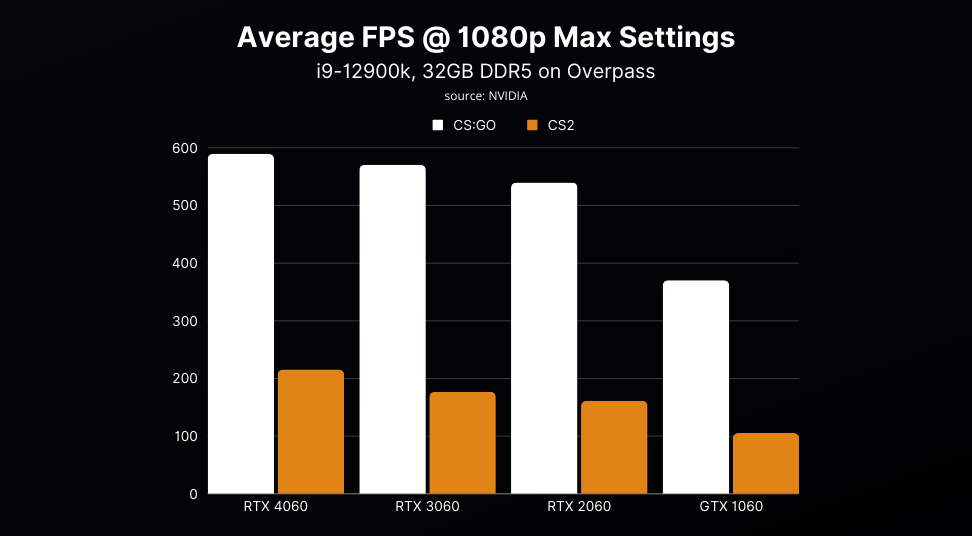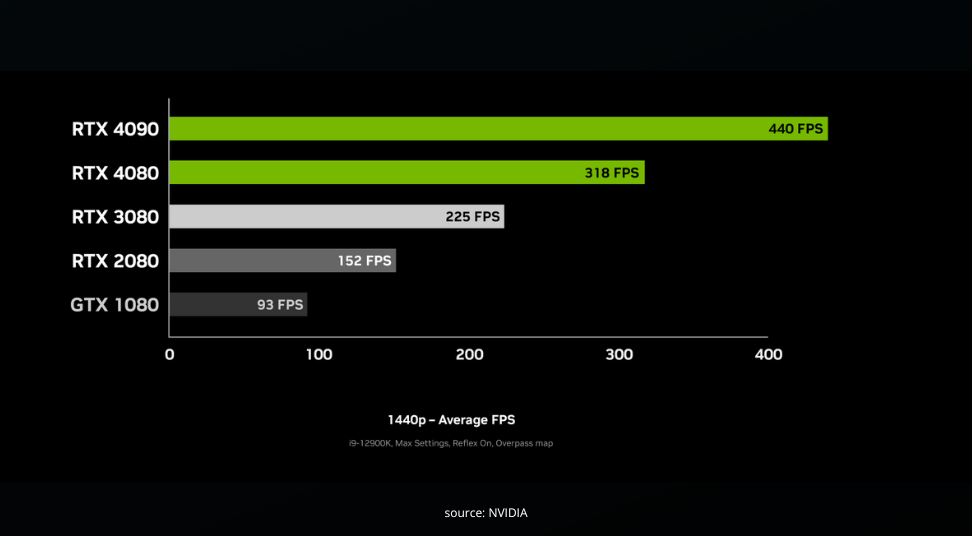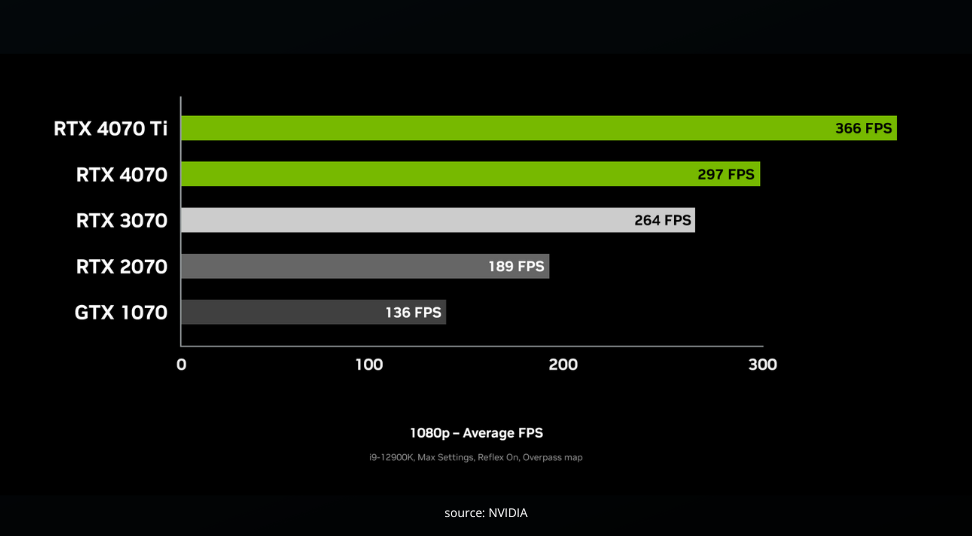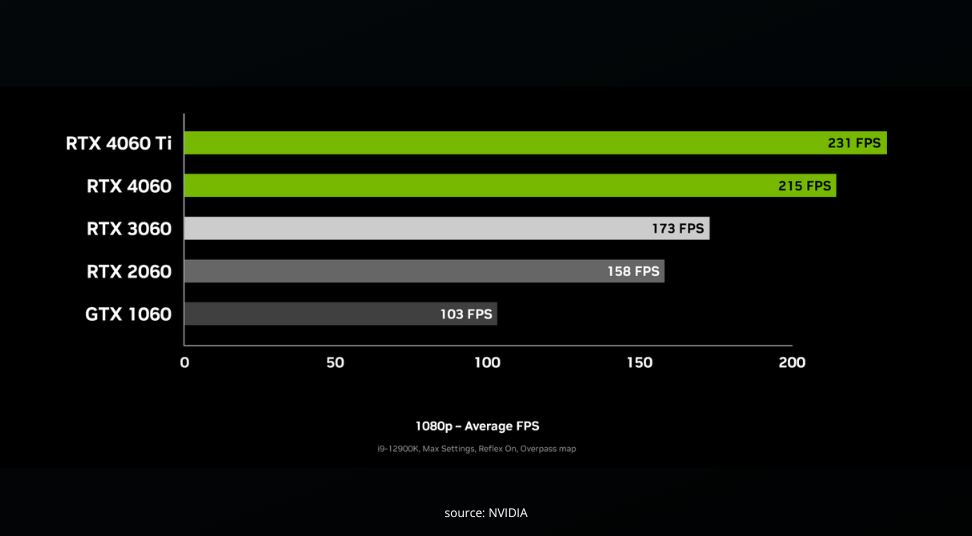The much-awaited heir to Counter-Strike: Global Offensive, Counter-Strike 2 has recently hit the market after years of teasing and speculation. CS:GO was the peak of Counter-Strike, enabling Valve to hit huge player numbers and equally massive audiences in tournaments.
Counter-Strike 2 has brought several changes to the table. CS:GO was a game that was updated and refined for more than a decade to reach competitive perfection in terms of its gameplay, map design and gun mechanics. Most importantly, it was easy on your system and performed fairly well on a wide range of specs.
So, CS2 has a lot to do to fill the shoes of its predecessor. In this article, we will be looking at how the new entry performs compared to CS:GO.
What makes CS2 different?
While CS:GO was built on Valve’s Source Engine, CS2 sees a major overhaul by moving to the Source 2 Engine, which already powers Valve masterpieces like Dota 2 and Half-Life: Alyx. Source 2 has enabled CS2 to have responsive volumetric smokes, graphically revamped maps, and more detailed lighting. In short: the game just looks a lot better now.
Apart from that, Valve has aimed to improve server responsiveness by introducing sub-tick server updates. With this new system (more on tick rate in the next section) the game can also register your actions between ticks. There are still some kinks to work out with this new system but it’s a promising move regardless.
All of this new technology obviously comes at a price. CS:GO was over ten years old and was fairly easy to run even when it released all those years ago, so it was definitely a game that ‘ran on a toaster,’ as the saying goes. As expected, CS2 is heavier to run. Despite that, it’s not a terribly demanding game at all if we look at the system specs:
| OS | Windows® 10 |
| Processor | 4 hardware CPU threads – Intel® Core™ i5 750 or higher |
| Memory | 8 GB RAM |
| Graphics | Video card must be 1 GB or more and should be a DirectX 11-compatible with support for Shader Model 5.0 |
| DirectX | Version 11 |
| Storage | 85 GB available space |
CS2 System Requirements taken from the CS2 Steam pageFrame Rates in CS2
It’s no surprise that Counter-Strike 2 runs at a lower framerate compared to CS:GO on the same specs. The extensive graphical and mechanical improvements call for more powerful systems, that’s just the way it is.
CS:GO was notably light on most systems and ran well even on lower-end PCs. This was in favor of the game, as even players on low-end hardware could get competitive framerates (see 60Hz vs 144Hz vs 240Hz) meaning that the potential player pool for CS:GO was very high.
Looking at the framerates offered by CS2, we see a reduction of up to 3x in terms of performance. Again, though: we’re looking purely at framerates here. How smooth and responsive a game feels obviously depends on framerates, but other factors also definitely come into play, and if you were already pushing framerates that were way beyond your monitor’s refresh rate in CS:GO, odds are you won’t even notice the difference in CS2.
Considering how light CS:GO was to run, one could say that only very low-end systems will have a performance impact to the point where it influences gameplay performance, and that everything else will still see the game running just fine. Valve took great care to ensure that CS2 is up to modern standards when it comes to looks without the game becoming a behemoth to run so that only top-end rigs could reliably play the game, and if you ask us they’ve succeeded on that front.




System Latency and Reflex in CS2
A bright new surprise that the newest Counter-Strike offers is support for NVIDIA Reflex (What is NVIDIA Reflex?). The highly effective lag reduction tech by NVIDIA has become a crucial part of many esports titles and it’s refreshing to see our very own Counter-Strike 2 also moving forward with innovations.
Initially, the implementation of Reflex was a little off, leading many to have large framedrops and higher latency results after enabling Reflex, but these days it’s working as intended with very minimal impact on your framerates. Reflex will give you a more responsive experience in most games, and the same can be said for CS2.
Redefining network latency
A lot of esports shooters suffer from latency/server issues such as shots not being registered and so on. And with the precise gameplay of Counter-Strike, where a single shot can be fatal, unregistered or delayed shots or actions are extremely annoying.
Valve has now tried to redefine the way a server works by introducing subtick updates; once you perform an action, it gets registered immediately. In theory, this should improve responsiveness and it has to some extent done its part. But sometimes, the shot registration is weird and players appear to be hit a split second after the shot has been fired. Whether that’s down to the subtick system or something else is another matter, but as of right now one can definitely say that there’s are some issues with hit registration and the overall responsiveness of some servers.
The sub-tick solution has yet to be met with much enthusiasm from the community, with most people saying the devs should just provide 128 tick servers for the game.
CPU/GPU usage
An affliction that CS:GO faced was not using the CPU and GPU to their fullest. This was mainly due to the game engine being old and not able to utilize newer hardware efficiently. Nevertheless, this hindered performance in a lot of cases.
CS2 shows significantly higher CPU and GPU usage and is performing well, especially on new hardware. The game also loads a lot faster and faces reduced freezes and stutters. Of course, things will be improved with future updates.
CS2 also appears to be GPU-bound, which helps performance in most modern PCs. CS:GO was notorious for being CPU-bound, letting perfectly good GPU potential go to waste.
All in all, CS2 is a game that’s up to modern standards when it comes to CPU and GPU usage.
Conclusion
Counter-Strike 2 has revealed itself as a very ambitious and revamped upgrade to CS:GO. There are a lot of changes that we love about it and we can’t wait to see what the future has in store for one of our favorite shooter games of all time.
Of course, as with any new game, it comes with its set of issues as well. But considering that the game is still really young, Valve is bound to roll out updates targeting bugs and potential areas of improvement. After all, CS:GO wasn’t perfect when it came out and was polished over the years with consistent updates.
Let’s not forget that CS2 is still a sequel to the all-time favorite game of hundreds of thousands of gamers worldwide. There’s a tremendous amount of pressure on Valve to get things right, and we believe that they can do just that. CS2 might be lacking in some areas (at the time of writing) but its foundations are extremely solid, so we have full confidence in this game.